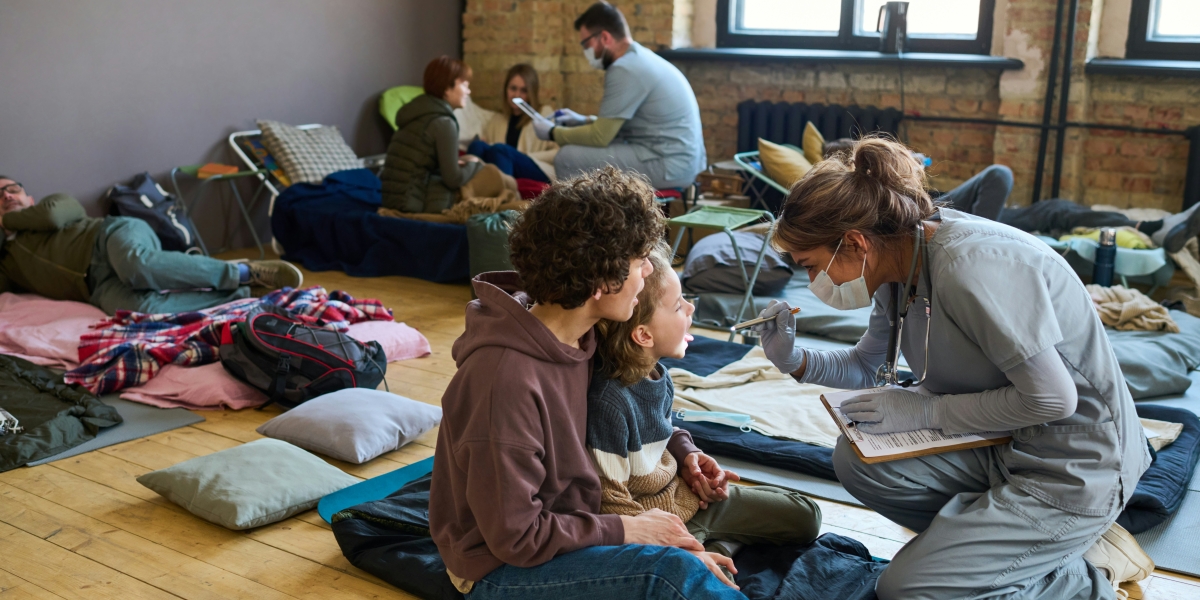Los Angeles is a city known for its diversity, and nowhere is this more evident than in its vibrant neighborhoods. Among these, Chinatown stands out as a cultural gem, offering a rich blend of history, tradition, and community. However, like many historic areas, Chinatown faces challenges in preserving its unique identity amidst rapid urban development. This article explores the efforts to protect and celebrate the cultural heritage of Chinatown, highlighting the importance of maintaining this iconic neighborhood for future generations.
Chinatown in Los Angeles has a long and storied history. Established in the late 19th century, it became a hub for Chinese immigrants seeking new opportunities in America. Over the years, it has grown into a thriving community, known for its bustling markets, authentic cuisine, and colorful festivals. The neighborhood is also home to historic landmarks, such as the Chinatown Gate and the Chinese American Museum, which tell the story of the Chinese American experience. These elements make Chinatown not just a place to visit, but a living testament to the resilience and contributions of the Chinese American community.
Despite its cultural significance, Chinatown has faced pressures from urbanization and gentrification. As Los Angeles continues to grow, the neighborhood has seen an influx of new developments, which can sometimes overshadow its historic character. Rising property values and rents have also made it difficult for long-time residents and businesses to stay. This has led to concerns about the loss of cultural heritage and the displacement of the community that has called Chinatown home for generations.
To address these challenges, various efforts are underway to preserve the cultural heritage of Chinatown. One key approach is the protection of historic buildings and landmarks. Organizations like the Los Angeles Conservancy and local community groups are working to designate certain structures as historic landmarks, ensuring they are preserved and maintained. This not only helps to retain the neighborhood’s unique architectural character but also serves as a reminder of its history and significance.
Another important aspect of preserving cultural heritage is supporting local businesses and traditions. Many of the shops, restaurants, and markets in Chinatown have been family-owned for decades, offering products and services that reflect the community’s heritage. By patronizing these businesses, visitors and residents can help ensure they continue to thrive. Additionally, events like the Chinese New Year Festival and the Mid-Autumn Moon Festival celebrate traditional customs and bring the community together. These events not only provide a sense of continuity but also attract visitors who can learn about and appreciate the culture.
Education and awareness are also crucial in preserving cultural heritage. Schools, museums, and community organizations play a vital role in teaching younger generations about the history and significance of Chinatown. Programs that focus on Chinese American history, language, and arts help to keep traditions alive and foster a sense of pride in the community. The Chinese American Museum, for example, offers exhibits and educational programs that highlight the contributions of Chinese Americans to Los Angeles and the broader United States.
Community involvement is another key factor in preserving cultural heritage. Residents, business owners, and local leaders are coming together to advocate for policies and initiatives that support the neighborhood’s unique identity. This includes efforts to create affordable housing, support small businesses, and promote cultural tourism. By working together, the community can ensure that Chinatown remains a vibrant and inclusive place for everyone.
In recent years, there has also been a growing recognition of the importance of cultural heritage in urban planning. City officials and developers are increasingly considering the impact of new projects on historic neighborhoods like Chinatown. This includes incorporating elements of traditional design and ensuring that new developments complement rather than overshadow the existing character of the area. By balancing growth with preservation, it is possible to create a neighborhood that honors its past while embracing the future.
The preservation of cultural heritage in Chinatown is not just about protecting buildings and traditions; it’s about maintaining the soul of the community. It’s about ensuring that future generations can experience the sights, sounds, and flavors that make Chinatown unique. It’s about honoring the struggles and achievements of those who came before and creating a space where everyone feels welcome and valued.
In conclusion, Chinatown is a vital part of Los Angeles’s cultural fabric, and preserving its heritage is essential for the city’s identity and diversity. Through efforts to protect historic landmarks, support local businesses, educate the public, and involve the community, Chinatown can continue to thrive as a vibrant and meaningful neighborhood. By valuing and investing in its cultural heritage, Los Angeles can ensure that Chinatown remains a place of history, tradition, and community for generations to come. So the next time you visit Chinatown, take a moment to appreciate its rich heritage and consider how you can contribute to its preservation.





